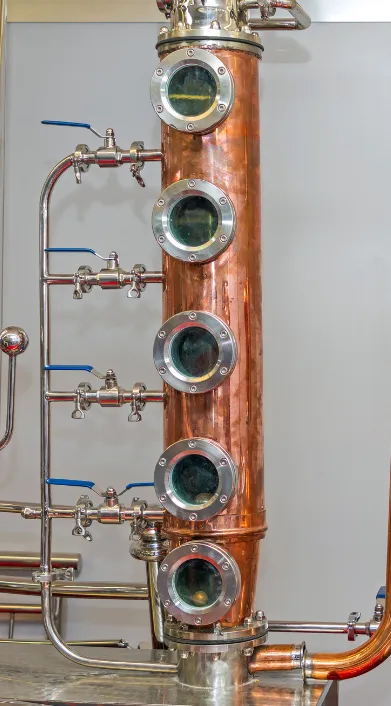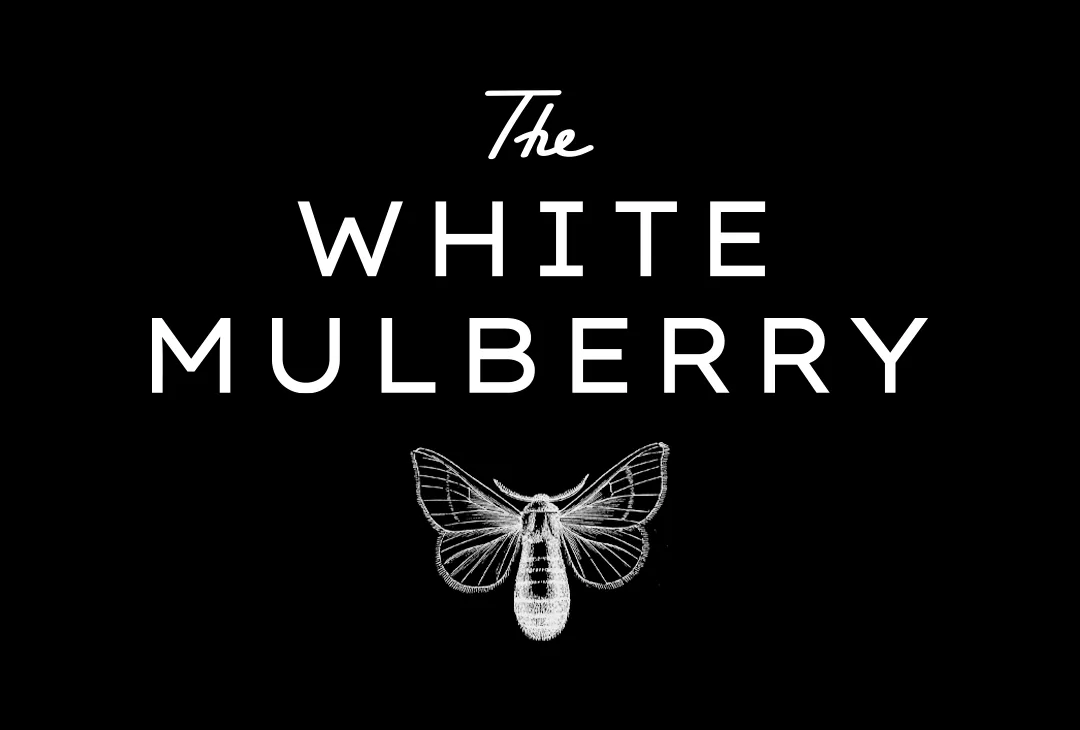How is whiskey made?
1. Mashing: The process begins with mashing, where grains such as barley, corn, rye, or wheat are ground and mixed with hot water to convert the starches into fermentable sugars. This creates a mash that serves as the foundation for the whiskey.
2. Fermentation: The mash is transferred to fermentation vessels, often made of wood or stainless steel, where yeast is added to initiate the fermentation process. Yeast converts the sugars in the mash into alcohol, producing a liquid known as “wash” or “beer.”
3. Distillation: The wash is then distilled in copper pot stills or continuous column stills to separate the alcohol from the water and solids. The distillation process typically involves multiple runs to increase the alcohol concentration and refine the flavors.
4. Maturation: After distillation, the raw spirit is transferred to oak barrels for aging. During maturation, the whiskey interacts with the wood, extracting flavors, colors, and aromas from the barrel. The length of aging can vary widely depending on the type of whiskey and the desired characteristics
5. Blending (optional): In some cases, whiskeys from multiple barrels or batches may be blended together to achieve a consistent flavor profile. Blending allows distillers to balance different characteristics and create a harmonious final product.
6. Bottling: Once the whiskey has reached its desired flavor and maturity, it is filtered and diluted to the desired proof before being bottled and labeled for distribution.

